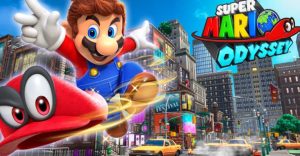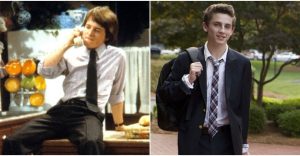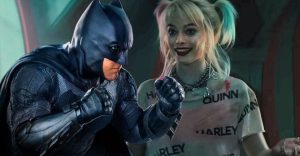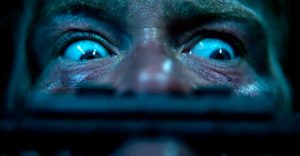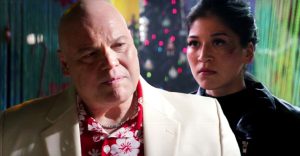Vader’s Rogue One Scene Was Always Perfect Fan Service & There’s More Proof
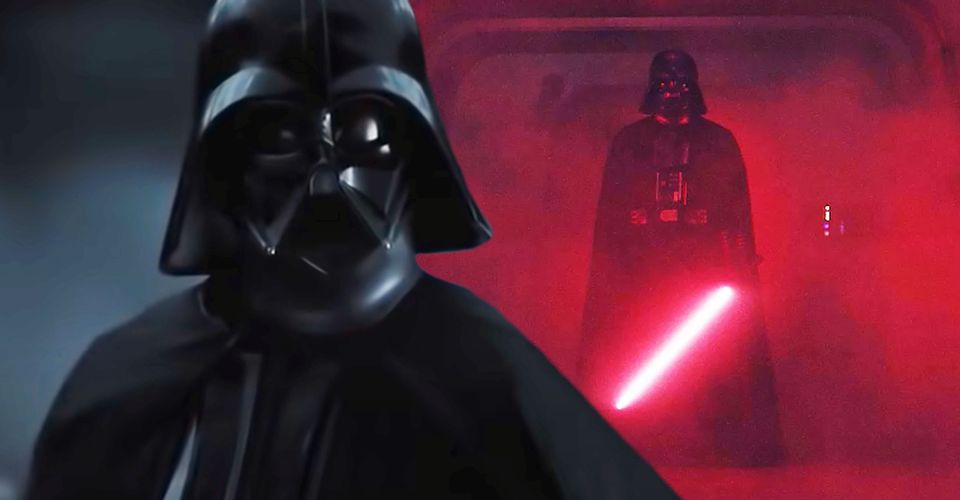
Fan service has always been a part of Star Wars, but the co-writer of Rogue One: A Star Wars Story has highlighted why Darth Vader’s hallway scene is the perfect example of how to do it right. Rogue One‘s story co-writer Gary Whitta recalls director Gareth Edwards showing him a rough cut of Darth Vader’s now-classic hallway fight with the helpless rebel soldiers. His praising comments on the impact of the scene serve to show that, despite the bad reputation that fan service receives, when it works, it is glorious.
The term “fan service” is often met with derision. Its detractors label fan service as nothing more than a tool used to please, placate and pander to those most passionate about the material. To a cynic’s mind, it preys on the easy target of a fan’s nostalgia, at the expense of the actual story being told. The Disney era of Star Wars in particular coming under heavy fire for its liberal use of fan service. Chewie’s medal in Star Wars: The Rise of Skywalker is a good example of this, while halfway through The Book of Boba Fett the story essentially turns into The Mandalorian season 2.5, with extra Luke Skywalker for added effect. Good fan service though is able to have its cake and eat it too, and Darth Vader’s Rogue One fight falls into this category.
When Whitta was shown Darth Vader’s hallway scene, despite the lack of visual effects and music, and the wires being visible, he said that “even in that nascent form it was clear that it was going to straight-up murder audiences.” Whitta’s comments are proof (if proof were needed), that while the Rogue One’s Darth Vader scene may be fan service, it works even without the cinematic flourishes that the finished movie displays. More than that though, Vader’s scene supports the story of the rebels obtaining the Death Star plans. It makes perfect sense in the Star Wars timeline, seamlessly bridging the gap between Rogue One and Star Wars: A New Hope. It’s also a visual example of Rogue One’s theme of hope, even in the face of impossible odds. Staring at their imminent death, the rebels still make sacrifices in order for hope to endure (with the final soldier at the door passing the plan through the gap personifying this hope).

Rogue One’s hallway scene is also Star Wars fan service in that it shows the audience something they’ve been waiting decades to see: Darth Vader in his prime, being a badass without mercy. Again though, it’s good fan service as it improves the character. Vader was one of cinema’s greatest villains, but his evil reputation had to inevitably be diluted in order to tell his redemption story in Return of the Jedi. Throw in whiny Anakin from the Star Wars prequel trilogy, and Darth Vader’s menace fades even further. In a little over a minute of Rogue One’s screen time though, Gareth Edwards was able to transform Darth Vader back into the galactic boogeyman once more. Rogue One’s Vader ending doesn’t outstay its welcome and stays true to the essence of the character that first terrorized audiences back in 1977.
Rogue One was Darth Vader’s most recent live-action appearance, but will not be his last. His return to the Disney+ Star Wars series Obi-Wan Kenobi is perhaps even more highly anticipated among fans than that of the Jedi Master. Hayden Christensen is also set to appear as Vader in Ahaoka’s spin-off show. Disney still has plenty of opportunities to offer more fan service with Darth Vader, and hopefully at the level of Rogue One: A Star Wars Story‘s hallway fight.
- Rogue Squadron (2023)Release date: Dec 22, 2023
About The Author










